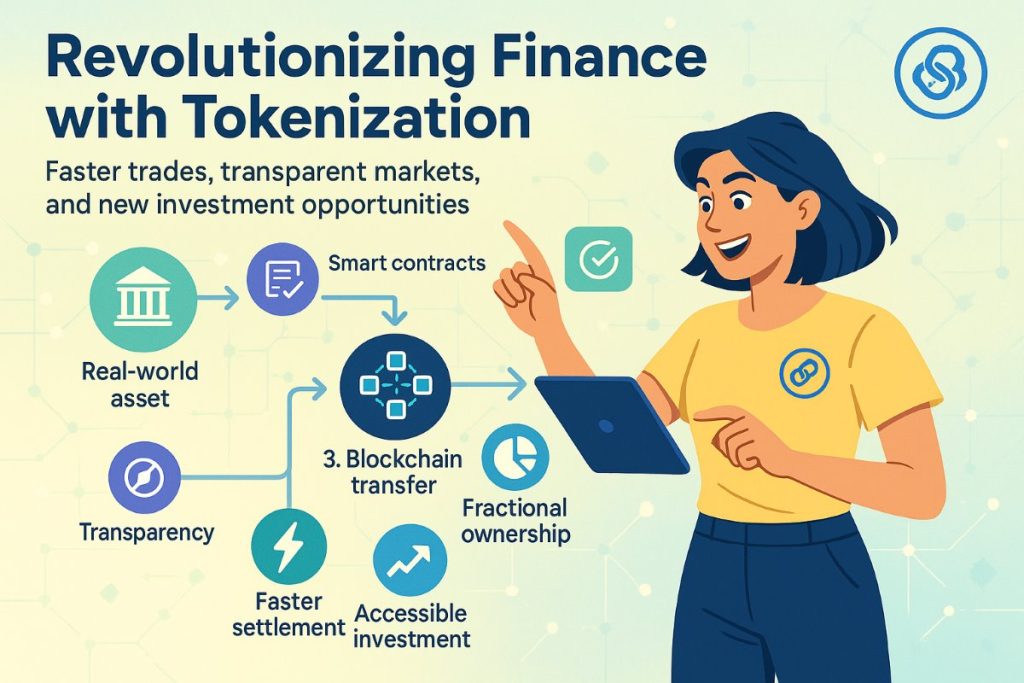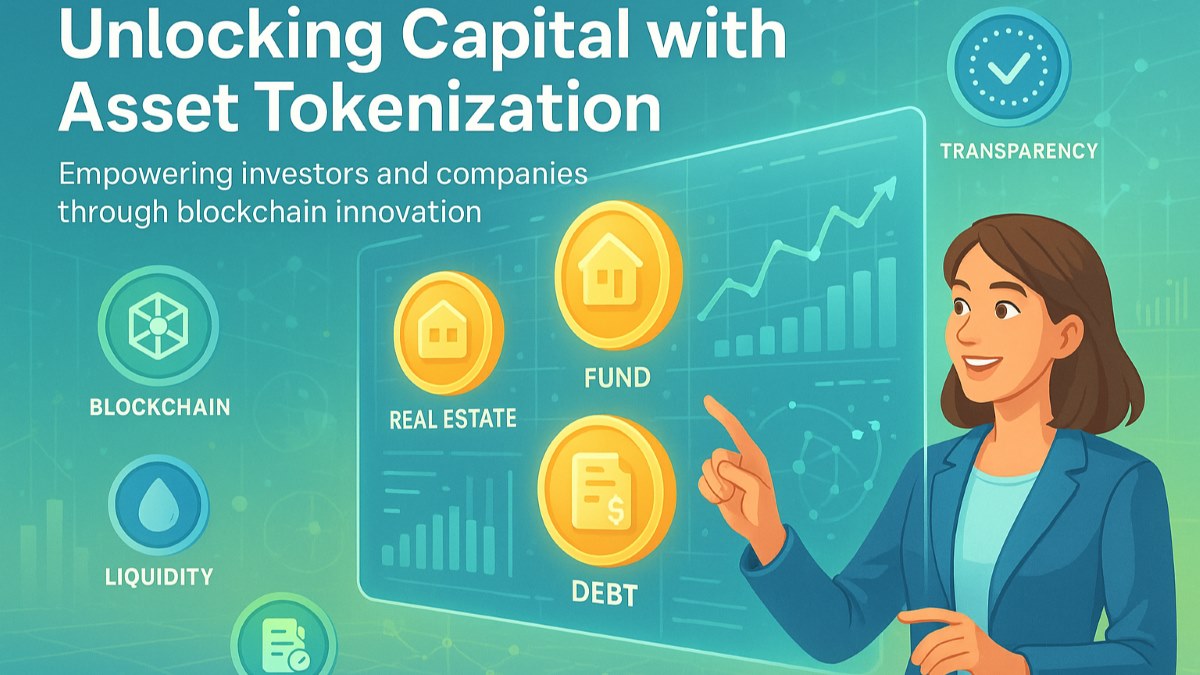Recent years have seen a rapid development of tokenization platforms and tools enabling the tokenization of real-world assets—such as real estate, fund shares, and debt instruments. This process opens up
Recent years have seen a rapid development of tokenization platforms and tools enabling the tokenization of real-world assets—such as real estate, fund shares, and debt instruments. This process opens up entirely new opportunities for companies, investors, and financial markets, enabling, among other things, increased liquidity and access to capital.
Collaboration between financial institutions, technology companies and regulators is creating new operating conditions and driving innovation. Tokenization platforms, supported by companies operating as blockchain design and branding agencies, are enabling new business models and investment opportunities. Read on to learn more.
- How are tokenization platforms changing the financial market?
- What consequences does the development of asset tokenization have for capital availability?
We want to briefly discuss the mechanisms by which tokenization platforms influence traditional financial markets. At the same time, we will also focus on the implications for companies and investors – such as how the development of real-world asset tokenization opens up new sources of financing and changes capital dynamics.
How are tokenization platforms changing the financial market?

In the era of asset digitization, the operating model of real world asset tokenization platform development company is gaining enormous importance. Tokenization enables the transfer of ownership or rights to physical or financial assets on the blockchain, significantly accelerating capital circulation and facilitating trade. This makes instruments previously considered illiquid accessible to a wider range of investors. The smart contract mechanism eliminates the need for multiple intermediaries and smart contract development company creates the code that automatically handles transfers and settlements.
Equally important, the new financial infrastructure- supported by blockchain design agency like 10Clouds – allows for the creation of a trusted environment for the issuance of asset tokens. In practice, this translates into greater transparency, faster settlement and the ability for retail investors to engage in assets previously reserved for institutions. As a result, financial markets are becoming more flexible and barriers to entry are lower than ever—opening up a range of compelling opportunities.
What consequences does the development of asset tokenization have for capital availability?
Platforms that tokenize real assets effectively increase the availability of capital through several mechanisms. First, fractional ownership—dividing assets into digital tokens—enables investment by smaller entities and attracts a larger number of shareholders. Second, liquidation or a shorter liquidation period (liquidity) leads to greater capital liquidity. It is through asset tokenization platforms that companies can obtain financing faster and investors recover their funds more quickly.
At the same time, the development of such platforms changes cost dynamics- document flow, settlements, asset monitoring and regulatory compliance can be handled almost automatically. As a result, issuance costs decrease, making alternative financing more attractive to traditional issuers. The increased availability of capital also translates into greater competition in financial markets and may contribute to the growth of alternative markets’ value.
However, it is important to remember that this comes with challenges- regulators, technical risk management (e.g., errors in smart contracts) and proper asset valuation still pose significant barriers to adoption. Nevertheless, for investors and businesses, the development of this technology means new paths of development and financing on a global scale – which we leave for you to consider as well.
Respond to this article with emojis






